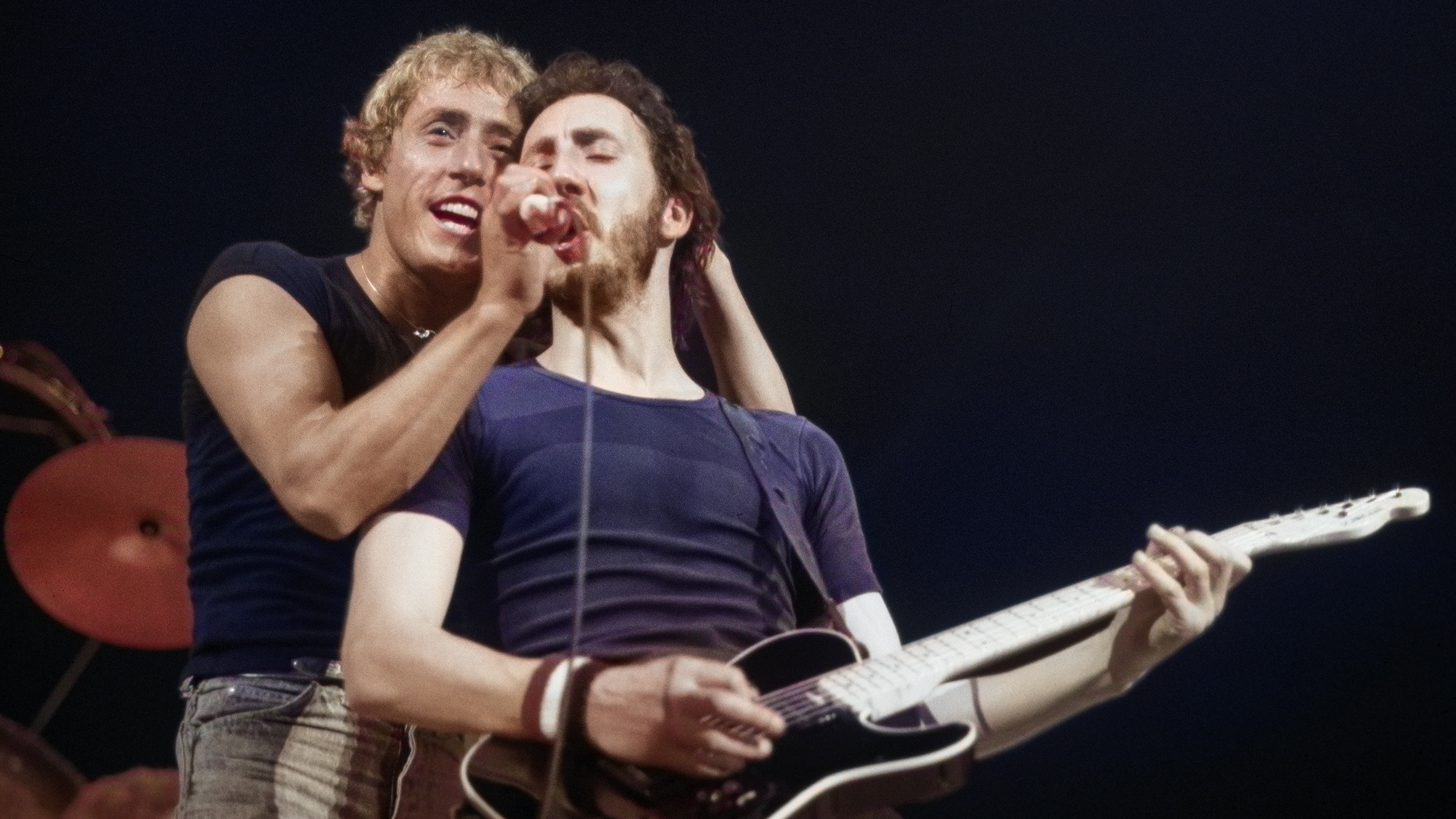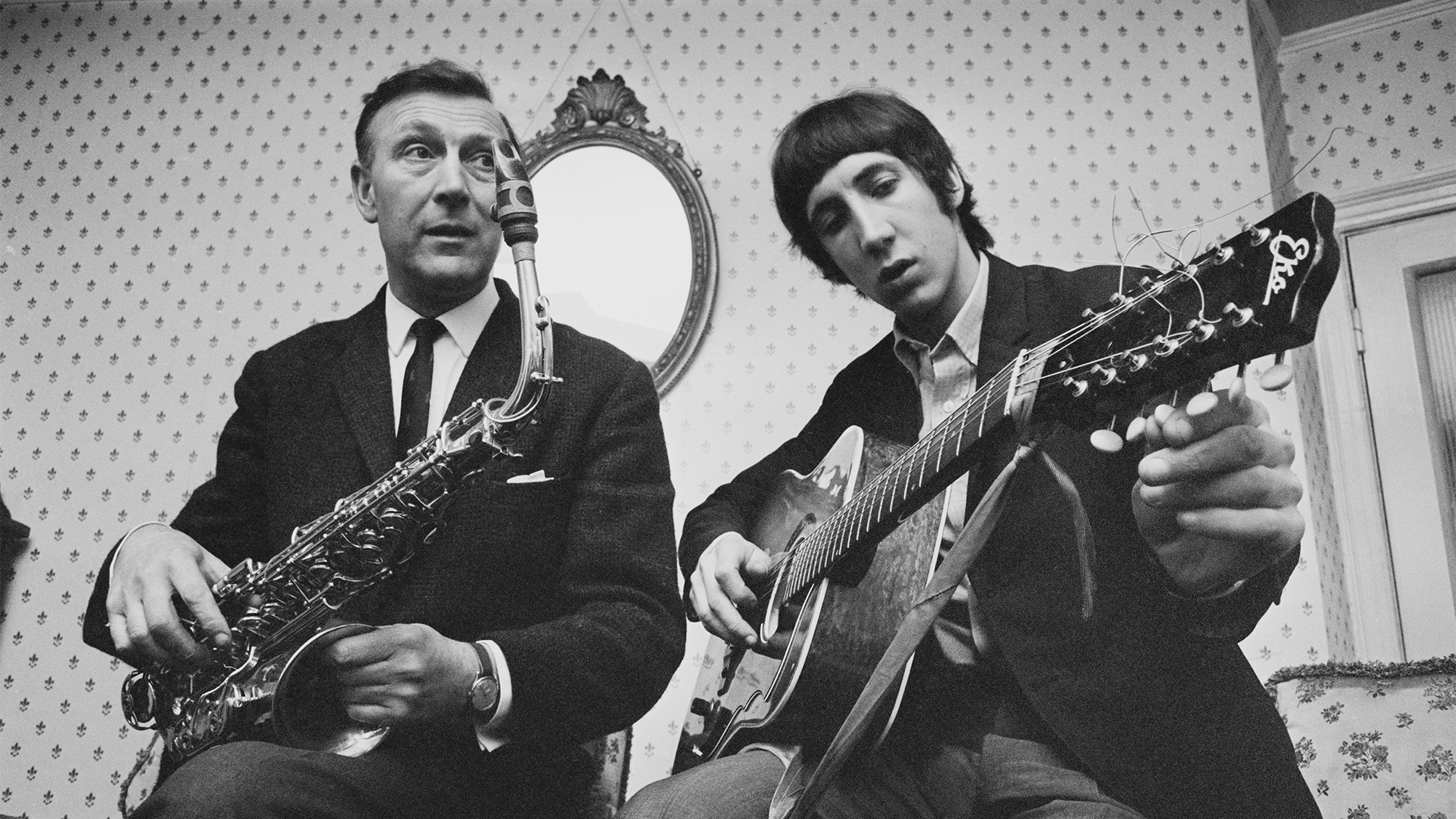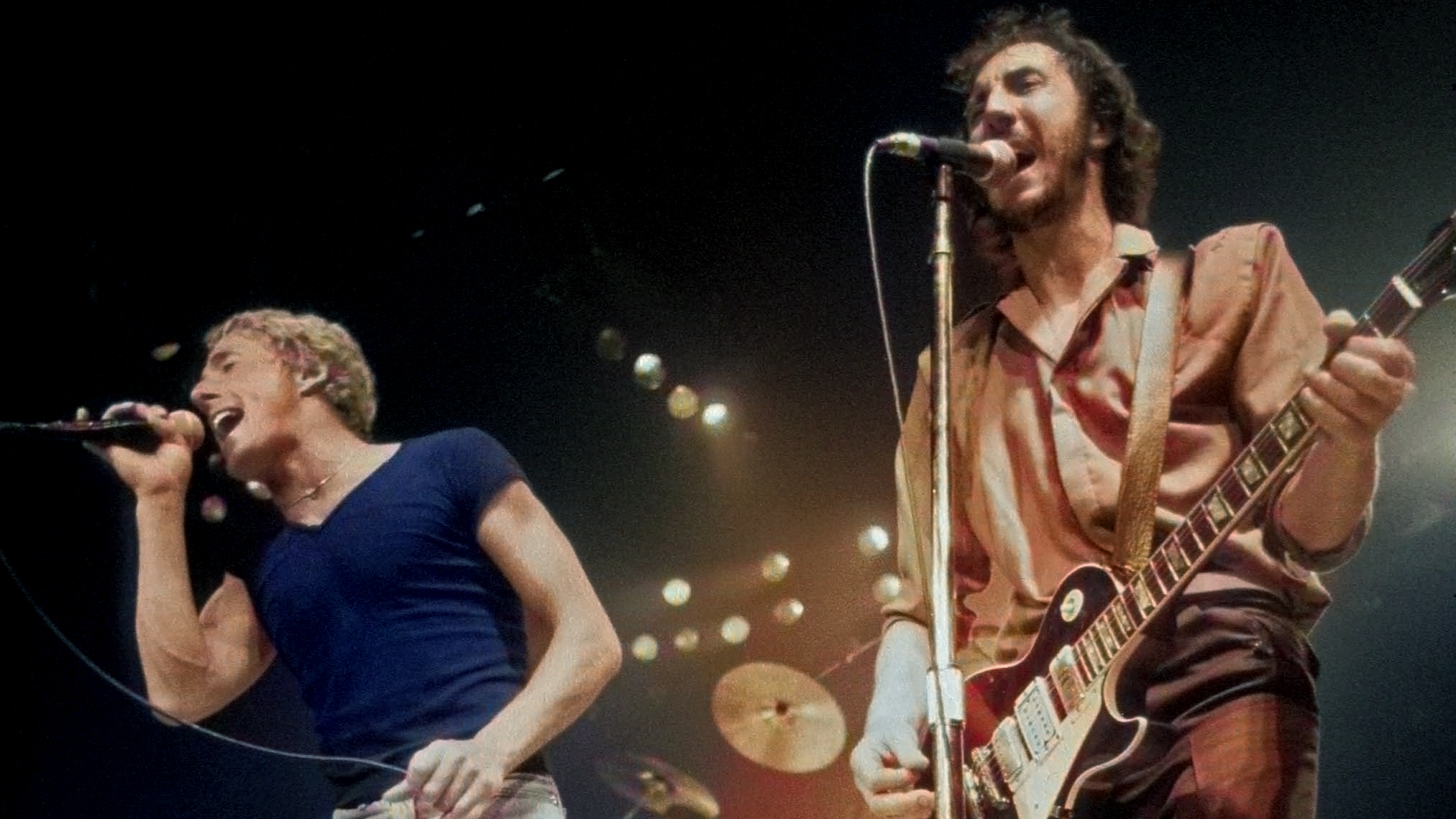“He decided he didn't want to be the lead guitar player anymore.” Pete Townshend on Roger Daltrey’s career-changing move that made the Who guitarist an axe-wielding icon
When the Detours came to an end, the newly knighted singer decided he was unhappy in his role, forcing Townshend out of his comfort zone

As the Who’s guitarist and main songwriter, Pete Townshend has shaped the group’s sound and musical style over its now 61-year history.
But from the beginning, Townshend’s role in the band has itself been transformed by his push-pull dynamic with singer Roger Daltrey.
The guitarist says that, from the very start, Daltrey’s role in the Who impacted him in ways not obvious to outsiders. Townshend has credited the singer with bringing him out to the forefront of the band and not allowing him to hide in the back as he preferred.
At the same time, the guitarist says his growing familiarity with Daltrey’s intellect allowed him to compose songs he didn’t dare write when the group was getting its start in London in 1964.
Even before the Who formed, Townshend says, he was content to be a sideman, like his father, Cliff, a professional alto saxophonist in the Royal Air Force's dance band the Squadronaires
“When I first started, as a kid, I didn't really want to be in a successful band,” Townshend told Guitar Player in our March 1995 issue. “I think it's been one of the things that I've had great psycho-neurotic difficulty with.

“I just wanted to be like my dad. You know, I worshipped him. He was a magnificent player and a fantastic man.
“Although I wanted to work in a different kind of music, I still wanted to be a sideman rather than a frontman.”
He achieved his wish, albeit briefly, in the Detours, the band he performed in with Daltrey and bass guitarist John Entwistle in the early 1960s. Daltrey, who preceded Townshend in the band, was the lead guitarist, but after they went through a run of frontmen, Daltrey decided he was going to take over as singer.
More significantly, he decided he would quit playing guitar. That move forced Townshend — who suffered from insecurities about his looks — closer to the band’s frontline.
“Roger was the one who really pushed me into the front,” Townshend explained. “You know, he decided that he didn't want to be the lead guitar player anymore and he wanted to be a singer, partly because he was frustrated with his own guitar playing, but also partly because he wanted more attention and more central visual control.
“I thought he was a very good guitar player — he had a kind of fairly clumsy style, but it was extremely attractive.”

Townshend, for that matter, was uncomfortable with his lead guitar abilities. He saw himself as a rhythm guitarist, something he continued to feel has been his strength throughout his career,
“I'd already forged a very strong characteristic rhythm style of my own, because I started as a banjo player when I was 11,” he continued. “So my whole kind of flourishing guitar style had started on the banjo — trad-jazz, Dixieland, and stuff.
"I was happy there.”
Daltrey’s decision challenged Townshend to up his game, which he did by the time the group released their second single, “I Can’t Explain,” in 1964. Although it was long thought that Jimmy Page — then a session guitarist — played the song’s electric guitar solo, Page himself has said he was hired for the recording as a rhythm guitarist, and credited Townshend with the solo, performed on his Fireglo 1964 Rickenbacker 360/12.
But performance was just one aspect of change Townshend had to deal with. He also had to develop as a songwriter when the Who began looking for a recording contract. Up until then, they had played covers.
“When we went in for our first record deal, the guy said, ‘You're a great band and we'd sign you, but you've got to write your own material.’
“We didn't have any. And there was nobody in the band who could write, except me.”
Townshend may have had talents as a songwriter, but he realized early on he would need to write material that not only made the most of Daltrey’s powerful vocal talents and range but also suited his cocky, macho personality. Townshend responded with songs that expressed defiance, sexual power and independence.
But it wasn’t easy.
“I found it quite difficult to write for Roger,” he said “Songs like ‘My Generation,’ ‘I Can't Explain,’ ‘Anyway, Anyhow, Anywhere,’ and lots of songs I wrote that never actually made that period, which I've got on demos, are embarrassingly macho, because I was trying to find things that he would feel comfortable singing.”
Townshend’s own preference was for songs about insecure characters who endure life's harsh realities or rise above its difficulties: the protagonist of “Happy Jack,” who suffers cruelty by letting it slide off his back, or the young brothers in “Tattoo” who get inked as a way to prove their masculinity, only to be beaten by their irate parents.
To his great surprise, Daltrey was happy to take on songs others might have found emasculating.
“I liked singing stuff like ‘Happy Jack,’ ‘Pictures of Lily’ and ‘I’m a Boy,’ which I was later delighted to discover that Roger was happy to sing, too," Townshend declares. "I thought, How could Roger Daltrey, this tough Shepherd's Bush guy, possibly sing about a boy who was brought up as a girl, wearing girls' clothes?
“And he was quite comfortable with it. Maybe he didn't understand it, I don't know. I think he did, but by that time he just felt certain enough of his own masculinity not to worry about it. That was my idea of fun.”
It apparently became Daltrey’s as well. By the time Townshend composed Tommy, the group’s groundbreaking rock opera, in 1969, the singer was onboard with the guitarist’s increasingly introspective, narrative style of songwriting and the range of characters, with their quirks and insecurities, who populated it.
In related news, Daltrey was awarded knighted by England’s King Charles III on June 14 for his services to charity. He has been a patron of the Teenage Cancer Trust for 25 years, during which time he’s directed its annual concert series at the Royal Albert Hall.
“It is a wonderful honor for me and especially for Teenage Cancer Trust,” Daltrey said in a statement shared in Instagram.
“I accept this award not only for myself but on behalf of all the unsung heroes who have given their energy towards making the Teenage Cancer Trust the success it has become.”
Townshend and Daltrey — the Who’s only remaining original members — have announced the group will play its last U.S. shows in August and September this year.
However, despite his recent admission that playing live doesn’t “fill my soul” anymore, Townshend has offered hints that the band may take to stages again outside of the U.S.
Get The Pick Newsletter
All the latest guitar news, interviews, lessons, reviews, deals and more, direct to your inbox!
Christopher Scapelliti is editor-in-chief of GuitarPlayer.com and the former editor of Guitar Player, the world’s longest-running guitar magazine, founded in 1967. In his extensive career, he has authored in-depth interviews with such guitarists as Pete Townshend, Slash, Billy Corgan, Jack White, Elvis Costello and Todd Rundgren, and audio professionals including Beatles engineers Geoff Emerick and Ken Scott. He is the co-author of Guitar Aficionado: The Collections: The Most Famous, Rare, and Valuable Guitars in the World, a founding editor of Guitar Aficionado magazine, and a former editor with Guitar World, Guitar for the Practicing Musician and Maximum Guitar. Apart from guitars, he maintains a collection of more than 30 vintage analog synthesizers.
